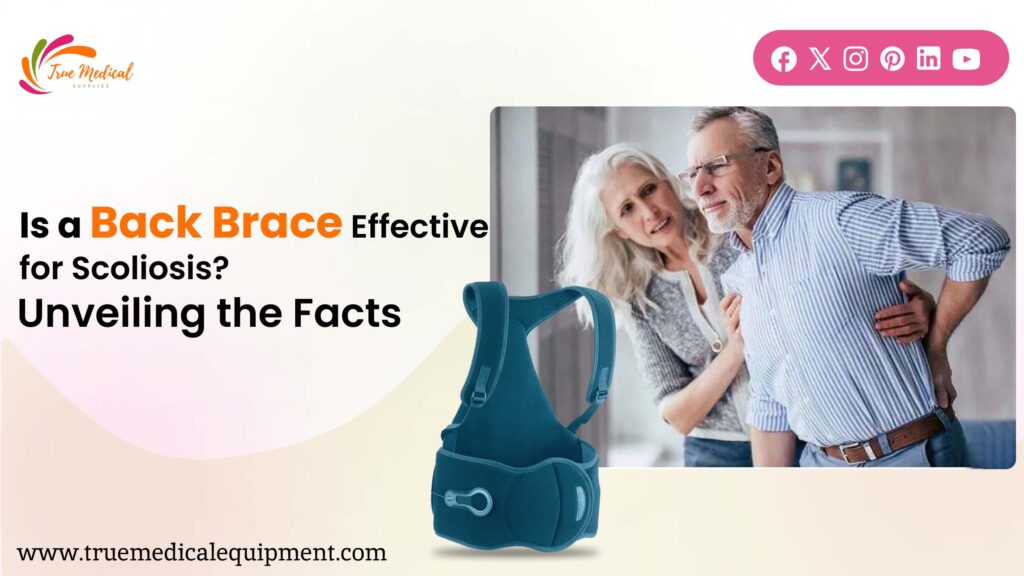Scoliosis, a condition characterized by an abnormal spine curvature, affects people of all ages. Using back braces has gained attention as a potential solution among the various treatments available. In this blog, we’ll delve into the effectiveness of back braces for Scoliosis, exploring whether they genuinely help improve the condition and specifically address their relevance for seniors facing this challenge.
Can Back Braces Improve Scoliosis?
Back braces are orthopedic devices designed to support the spine and, in some cases, slow the progression of spinal curvature. The primary goal of using a back brace for Scoliosis is to provide stability to the spine during growth periods, particularly in adolescents. By wearing a properly fitted brace, external pressure is applied to the curved portion of the spine, aiming to guide it toward a straighter alignment. Research has shown that back braces can be effective in mild to moderate Scoliosis, especially during growth. They are most beneficial when worn consistently and as prescribed by a medical professional. However, it’s important to note that the success of a back brace largely depends on factors such as the degree of curvature, the patient’s age, and their commitment to wearing the brace as instructed.
Do Back Braces Work for Seniors with Scoliosis?
While back braces can be particularly effective for adolescents, their effectiveness for seniors with Scoliosis is often more limited. In older individuals, the spine has already undergone much of its growth, and the curvature might be more rigid. Back braces are less likely to alter the curvature in these cases significantly. Nevertheless, they offer some benefits by providing support and alleviating discomfort, though they might not lead to substantial curve correction.
Conclusion
In conclusion, using back braces for Scoliosis can be effective, especially for adolescents with mild to moderate curvatures. They apply corrective pressure and provide spinal support during the growth phase. However, for seniors with established spinal curvatures, the efficacy of back braces might be more limited. It’s essential to consult a medical professional before considering a back brace as a treatment option, as they can provide personalized advice based on the individual’s age, degree of curvature, and overall health.
When seeking a solution for Scoliosis, considering factors such as age, severity of the condition, and professional guidance is crucial. While back braces might not be a one-size-fits-all solution, they can still manage the disease and improve the quality of life for those who can benefit from their use.
Consulting a healthcare provider is essential before deciding about scoliosis treatment, including using back braces. They can provide personalized advice tailored to your situation, ensuring the best possible outcome for your spinal health.

